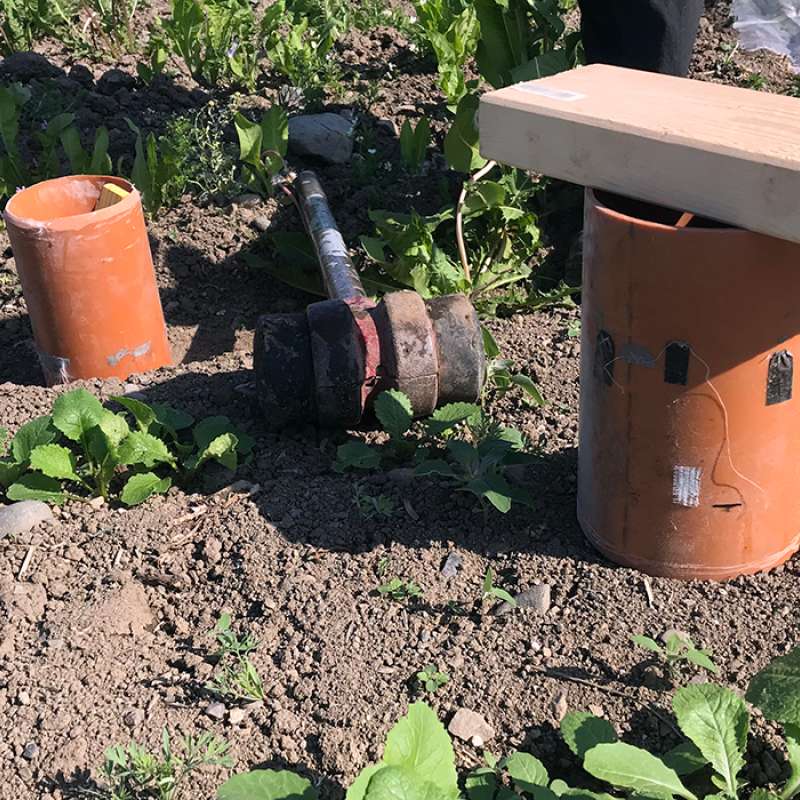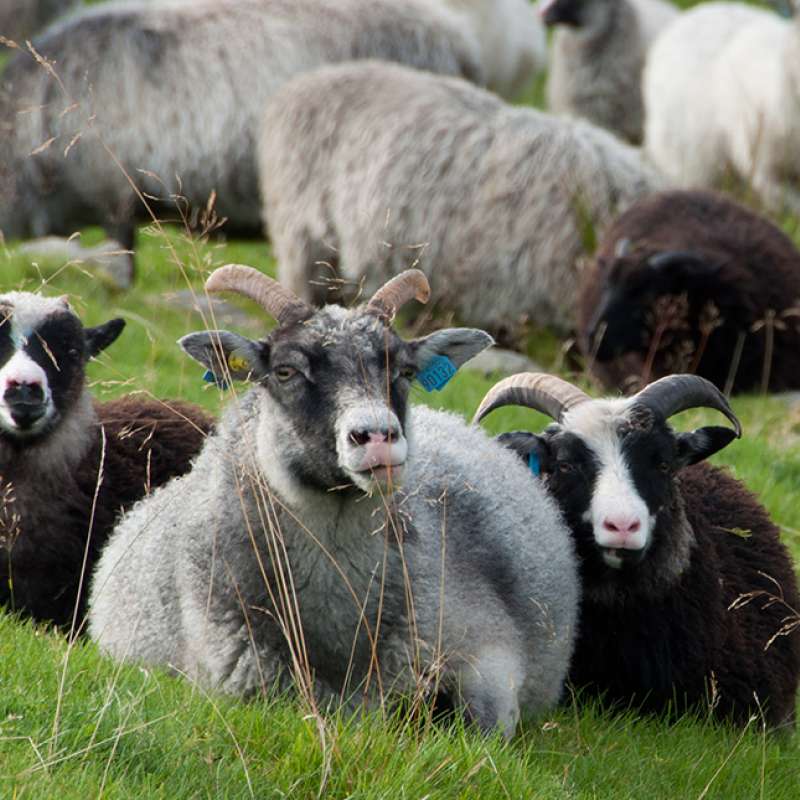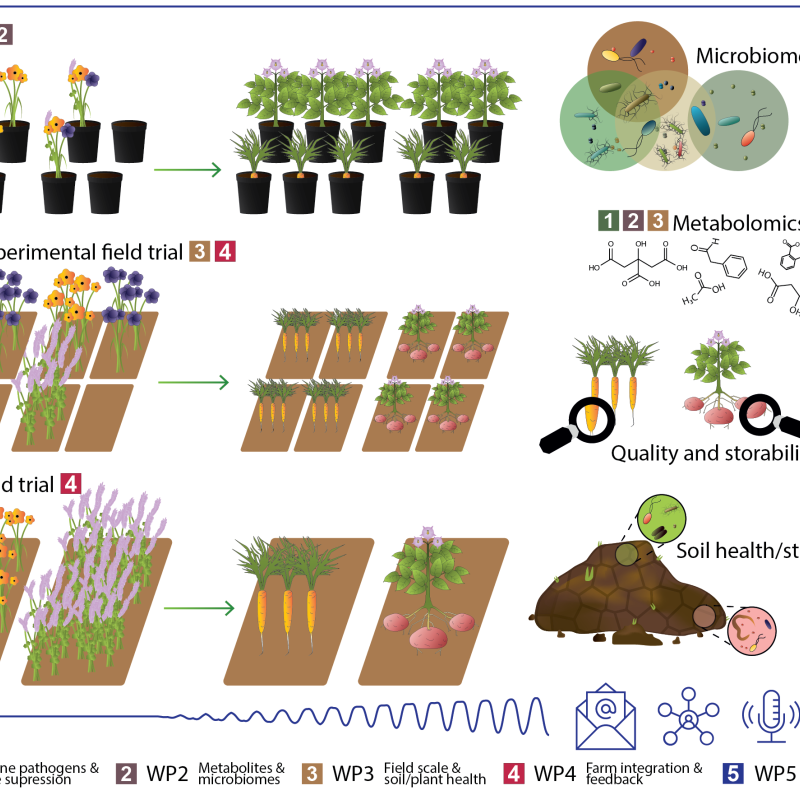Mette Thomsen
Forsker
Sammendrag
Det er ikke registrert sammendrag
Sammendrag
Det er ikke registrert sammendrag
Forfattere
Mette ThomsenSammendrag
Orientering om feltforsøk ved NIBIO Apelsvoll i prosjektet Kålrot med stabil indre kvalitet'

Divisjon for matproduksjon og samfunn
GrønnFangst. Bruk av fangvekster i grønnsaksproduksjonen for redusert klima og miljøbelastning.
Grønnsaksproduksjonen er intensiv, både med hensyn til jordarbeiding, gjødsling og plantevern. Dette utgjør en betydelig risiko for både klima og miljø ved blant annet næringsutvasking, utslipp av klimagasser, jordforringelse/tap av karbon og jordpakking. Flere studier har vist at bruk av fangvekster i produksjonen kan redusere slik negativ påvirkning, men få studier har undersøkt effekter i grønnsaksproduksjonen.

Divisjon for matproduksjon og samfunn
Innlandsull: økt verdiskaping av ull hos sauebønder i Innlandet fylke.
Formålet med prosjektet er verdiskaping i fjelllandbruket for den enkelte sauebonde, for beitenæringen og næringsaktører i verdikjeden for ull. Videre å bidra med et kunnskapsgrunnlag som tilrettelegger for næringsvirksomhet basert på bærekraftig utnyttelse og produksjon av nedklassifisert ull som ressurs i utvalget "Fjellandbrukskommuner" i Innlandet.

Divisjon for matproduksjon og samfunn
Kålrot med stabil indre kvalitet
Kålrot er en sentral grønnsak i den norske matkulturen til hverdags og fest. Kålrotdyrking er velegnet for relativt kjølige norske vekstforhold, men dette er blitt mer utfordrende i et varmere klima. I de siste årene har det vært oftere varme- og tørkeperioder om sommeren, med et økende problem med blant annet harde og trevlede kålrøtter. Dette har ført til forbrukerklager på dårlig spisekvalitet for Norsk kålrot, og er en utfordring for salg og konsum av norske kålrøtter.

Divisjon for bioteknologi og plantehelse
Cropdrive
Cropdrive aims to identify a selection of cover crops suitable for use in root vegetable and potato production with beneficial impacts on both soil and plant health, and greenhouse gas exchange.
